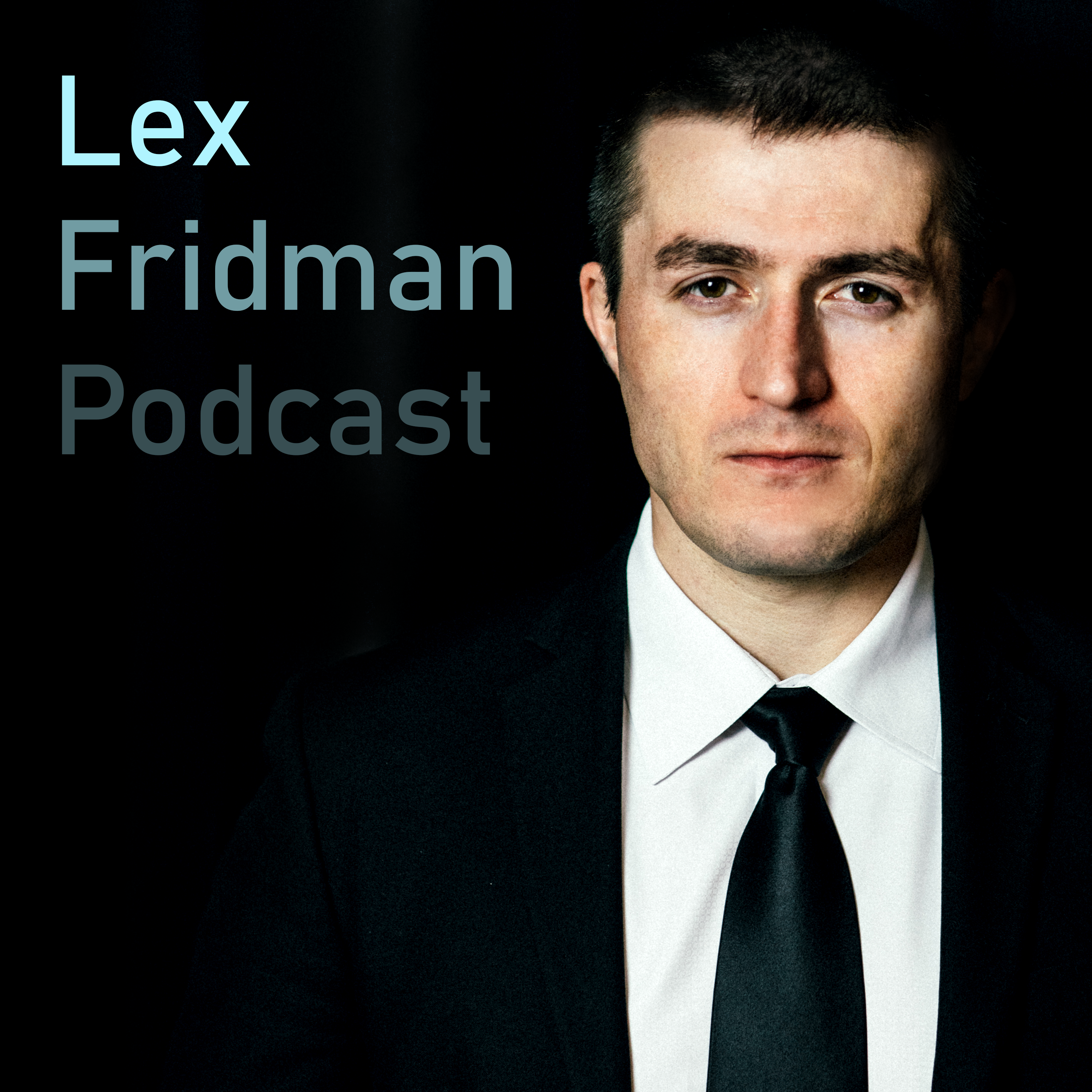Chapter

The Probability of Living in a Simulation
The idea of living in a simulated reality isn't far-fetched once a civilization creates machine superintelligence and the ability to create large numbers of ancestor simulations. As civilizations become more technologically advanced, the probability of living in a simulation increases.
Clips
As civilizations develop and create machine superintelligence, the path towards creating large numbers of ancestor simulations becomes more feasible.
57:30 - 1:01:15 (03:45)
Summary
As civilizations develop and create machine superintelligence, the path towards creating large numbers of ancestor simulations becomes more feasible. Cognitive enhancement or advice from superintelligences may also bring additional considerations and instrumental goals into view.
ChapterThe Probability of Living in a Simulation
Episode#83 – Nick Bostrom: Simulation and Superintelligence
PodcastLex Fridman Podcast
The bland principle of indifference suggests that if there are two sets of observers, one of which is significantly larger than the other, and you can't tell which set you belong to, you should assign a probability proportional to the size of the sets.
1:01:15 - 1:04:56 (03:40)
Summary
The bland principle of indifference suggests that if there are two sets of observers, one of which is significantly larger than the other, and you can't tell which set you belong to, you should assign a probability proportional to the size of the sets. This leads to the possibility that there are more simulated people with our experiences than non-simulated individuals, thereby increasing the chance that we could be living in a simulation.